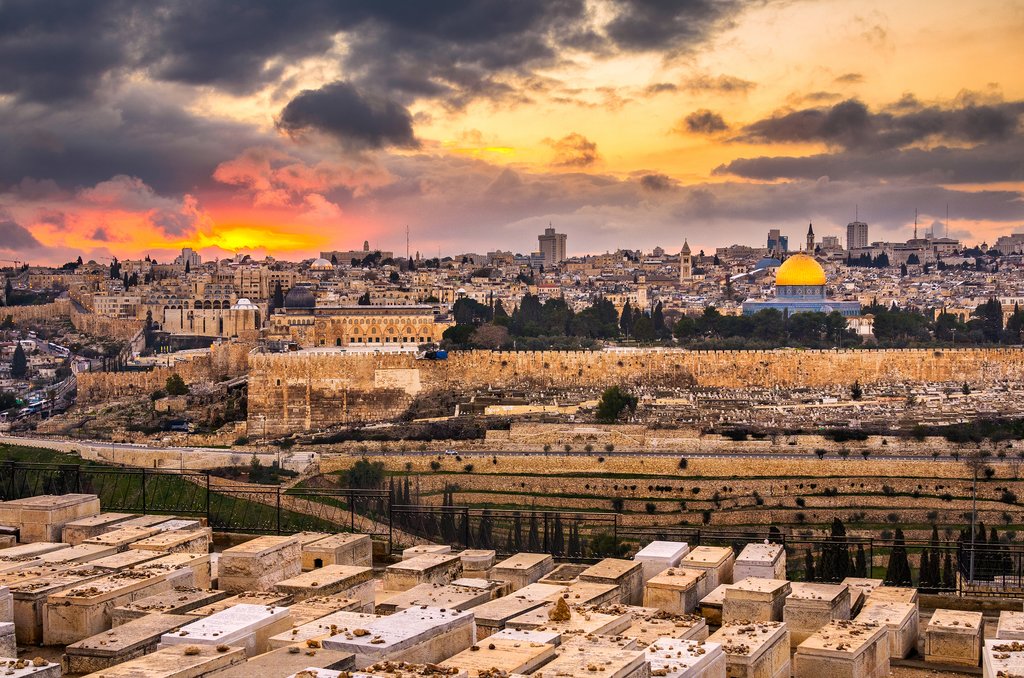As burial grounds for the dead, graveyards aren’t always associated with beauty. But these cemeteries transcend their role as simply sites of burial: they are also places to view historic architecture, make religious pilgrimages, pay homage to the dead and enjoy the tranquility of nature.
From the famed Pere Lachaise cemetery in Paris to the lesser-known Okunoin Cemetery in Japan, here are 7 of the most beautiful graveyards in the world.
Highgate Cemetery, London, UK
Highgate Cemetery, in north London, was opened in 1839 as part of a plan to provide 7 large and modern cemeteries, now known as the ‘Magnificent Seven’, around the outside of central London. These days, it is split into east and west sections and is world-renowned as the burial place of Karl Marx.
Sometimes branded a ‘Victorian Valhalla’, Highgate Cemetery is known for its elaborate Neo-Gothic tombs, sculpted stone angels and foreboding mausoleums. There are approximately 170,000 people buried in around 53,000 graves across the whole site.

La Recoleta Cemetery, Buenos Aires, Argentina
Cementerio de la Recoleta, or La Recoleta Cemetery, is a 19th-century graveyard in the Argentinian capital of Buenos Aires. Due to the area’s marshy ground, the site contains above-ground mausoleums rather than burial plots. La Recoleta now extends over 14 acres and contains more than 4,000 vaults, 94 of which have been declared National Historic Monuments.
Opulent and grand, La Recoleta Cemetery resembles a city more than a burial ground with its impressive neo-classical gates opening up to winding tree and mausoleum-lined streets. It’s one of Buenos Aires’ most popular attractions and boasts some iconic graves, including that of actress and former Argentinian First Lady, Eva Perón.
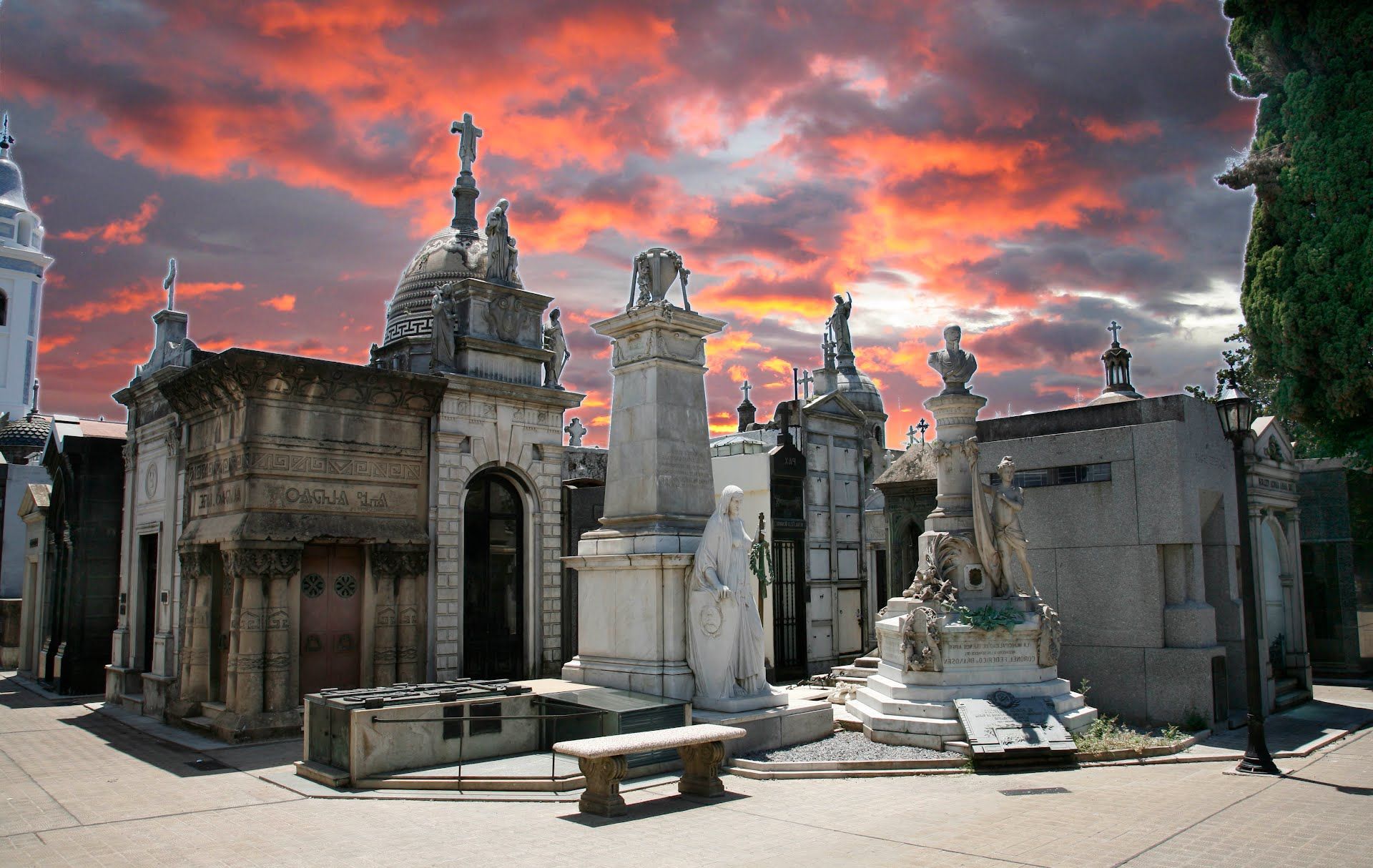
Arlington National Cemetery, Virginia, USA
Arlington National Cemetery is both a military burial site and a cherished monument to America’s fallen soldiers. It started life as a house – Arlington House – built in memory of President George Washington. But as casualties mounted during the American Civil War (1861-1865), the land was designated a national cemetery. Some 5,000 soldiers were buried there before the end of the war.
Over the years, Arlington National Cemetery has come to serve as a memorial to all US military personnel who have died for their country. There are now approximately 300,000 graves at Arlington National Cemetery, all neatly aligned and each with a white headstone. It’s a powerful, sobering site.
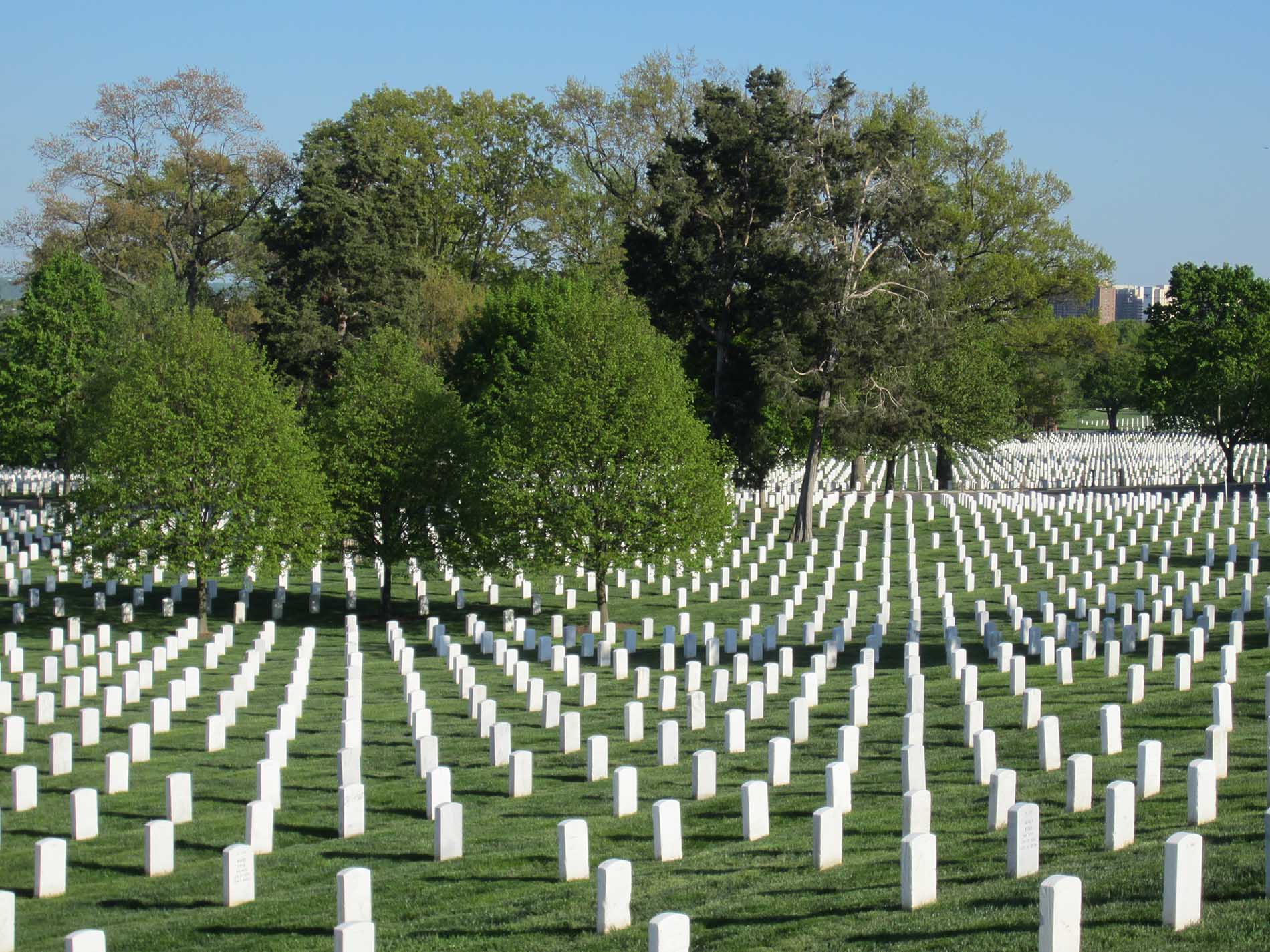
Waverley Cemetery, Sydney, Australia
Waverley Cemetery is a dramatic burial site towering above the South Pacific near Sydney, Australia. Many of its gravestones are carved out of Italian Carrara marble, which radiates a bright white hue under the Australian sun.
Waverley Cemetery has been used as a burial ground since 1877, when the first gravestones were set on the clifftop between Bondi and Bronte. It is now a protected heritage site and is home to various influential Australians including Henry Lawson, Jules Archibald and Reuben Uther.
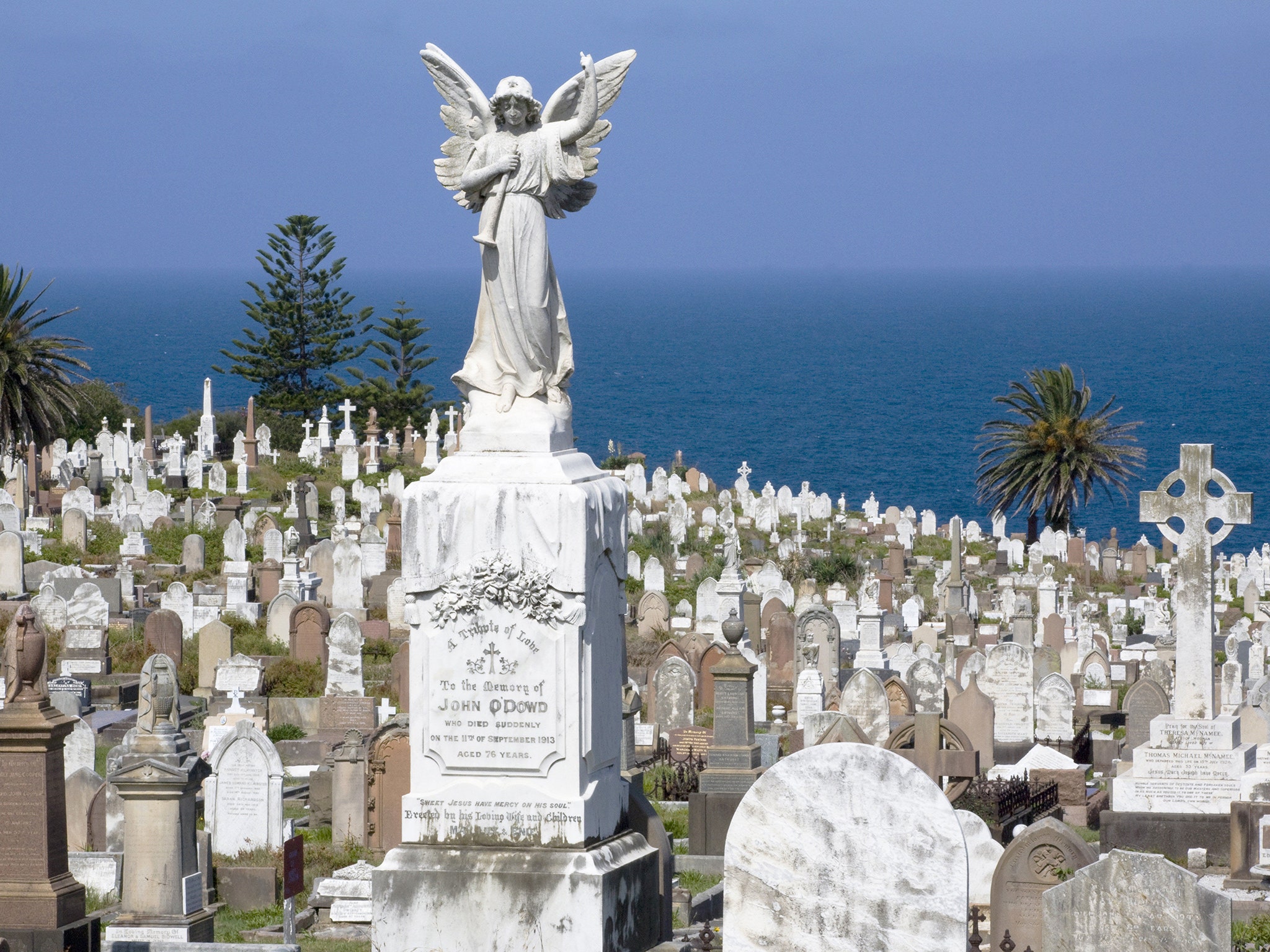
Pere Lachaise Cemetery, Paris, France
Cimetière du Père-Lachaise, or Pere Lachaise Cemetery, was established by Napoleon I in 1804. Initially shunned for being too far from the city centre, it eventually gained popularity after the remains of some high-profile figures, including French philosopher Pierre Abélard, were moved there as part of a marketing campaign.
Pere Lachaise now boasts an array of iconic residents, including novelist Marcel Proust, playwright Oscar Wilde and The Doors’ frontman Jim Morrison. Equal parts peaceful, beautiful and haunting, Pere Lachaise is now the most visited cemetery in the world. It covers 44 hectares and contains over 70,000 burial plots.
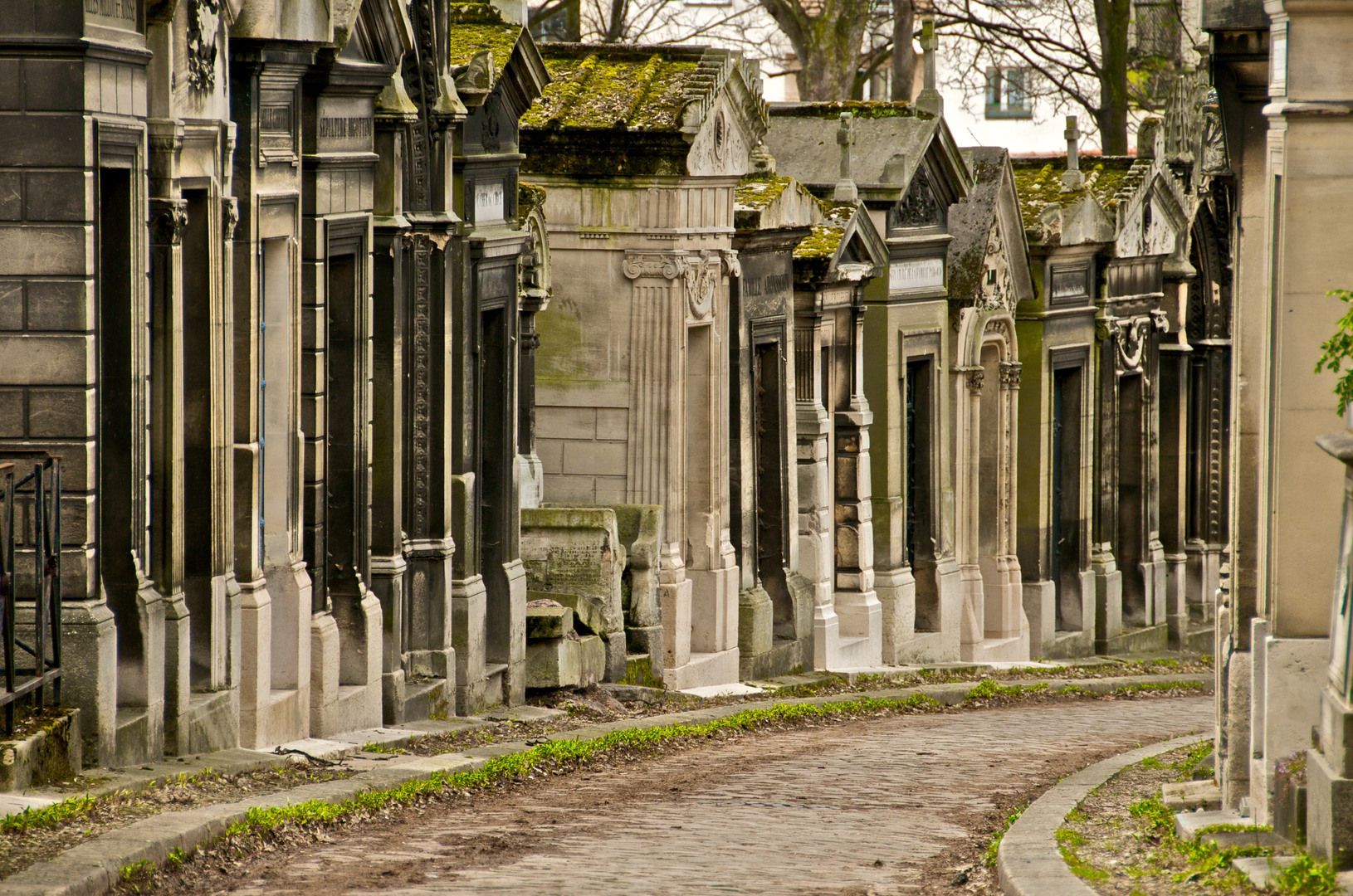
Okunoin Cemetery, Wakayama Prefecture, Japan
Dating back to 816 AD, Okunoin is Japan’s largest cemetery and one of its most revered religious sites, namely because the founder of Shingon Buddhism, Kobo Daishi, is buried there. The pathway to Daishi’s mausoleum is lined with the graves of over 200,000 monks, lit by 10,000 lanterns and lined with giant, moss-covered pine trees.
There are also many novelty tombstones at Okunoin including a spaceship, a coffee cup and a monument to termites. Now part of a UNESCO world heritage site, Okunoin is regarded as one of the most peaceful cemeteries in the world.
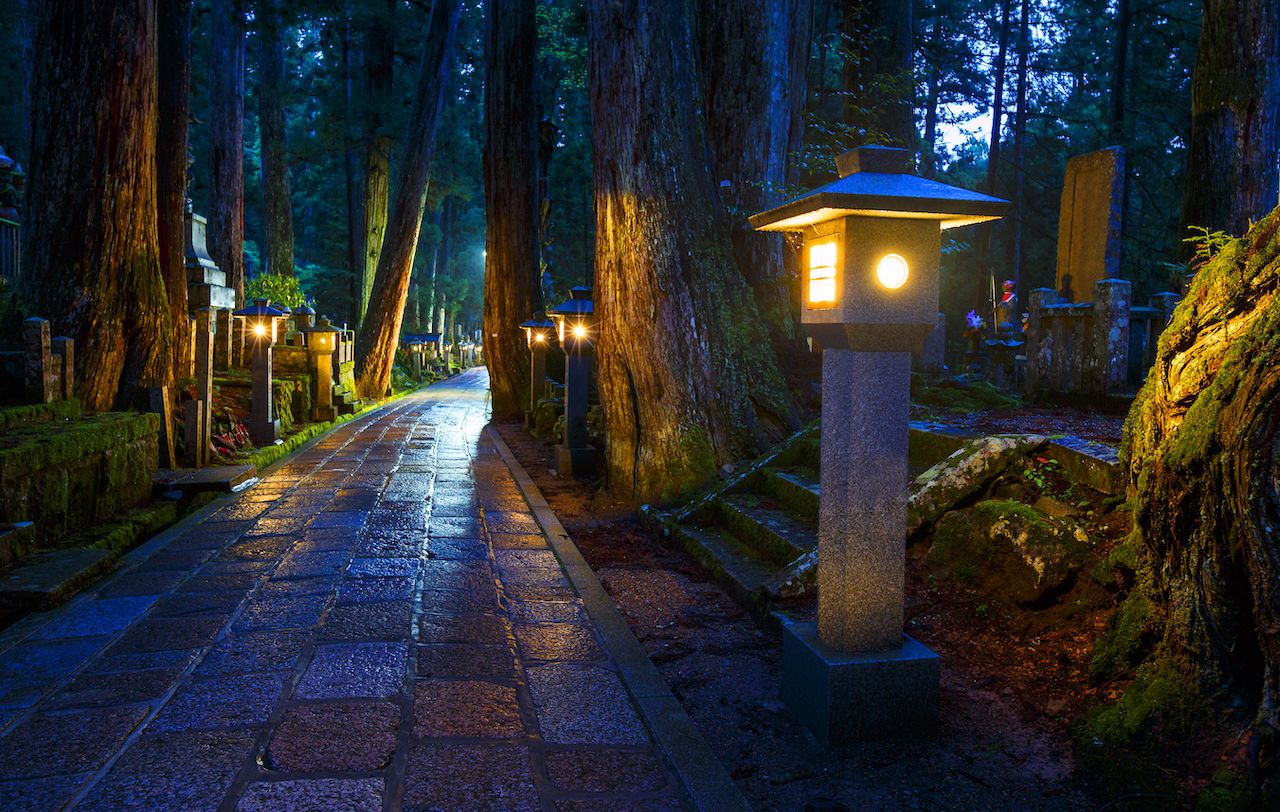
Mount of Olives, Jerusalem, Israel
Nestled beside the Old City of Jerusalem, the Mount of Olives is a burial site that takes its name from the many olives trees that once covered the area. Considered to be of great significance to Jews, Christians and Muslims, the Mount of Olives is a highly revered and deeply holy site.
Home to Biblical kings, rabbis and Christian prophets, the Mount of Olives has been used as a cemetery for some 3,000 years. Its sand-coloured tombs tower over Jerusalem, and it is thought to contain the remains of roughly 150,000 Jewish people.
